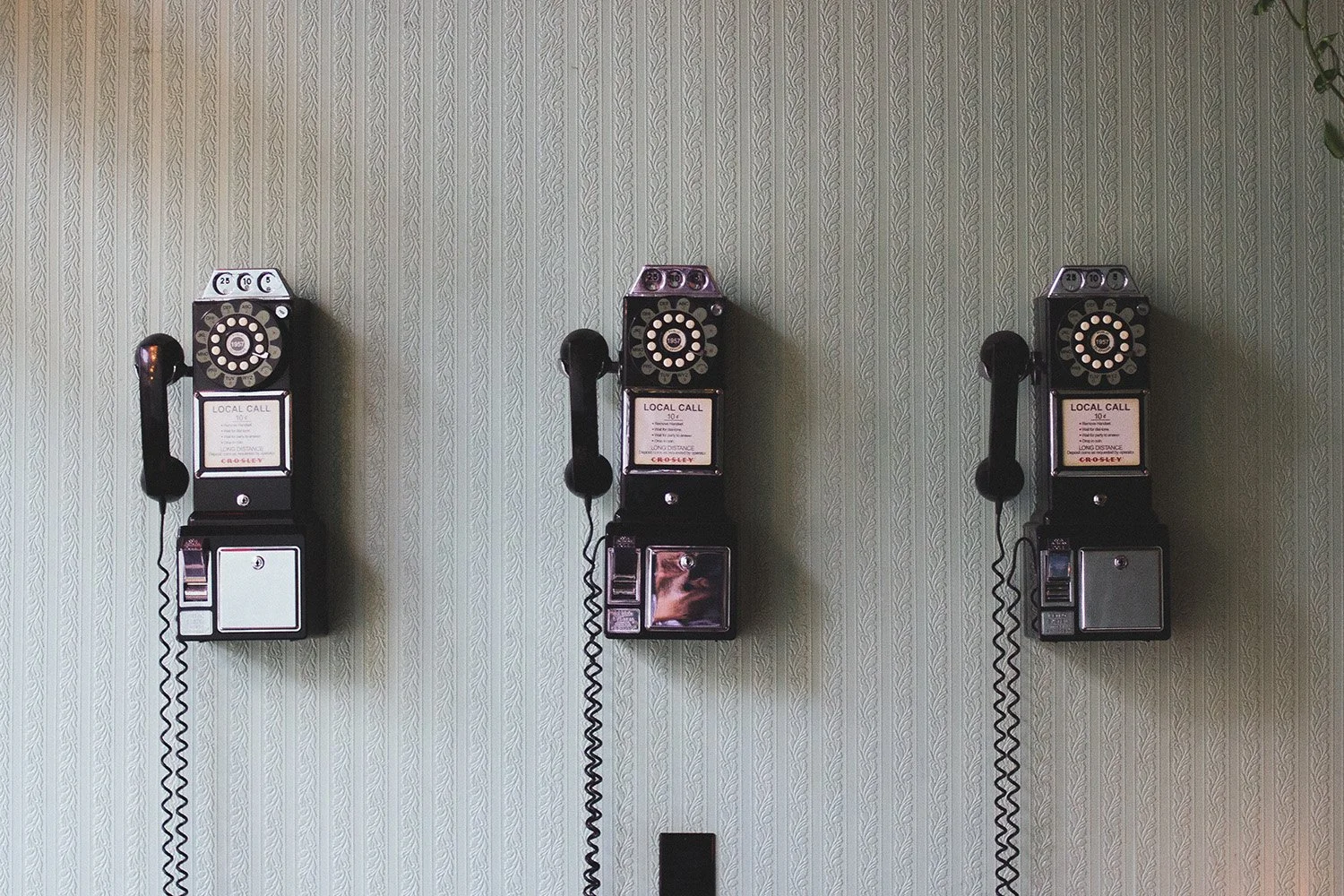Avoid Renovation Woes - Isn't It Obvious?
Author's Note: This is part of a series of blog posts are aimed at avoiding renovation woes.
After the Cherry Hill Kitchen renovation was complete, I asked my client what she wished homeowners knew before starting the renovation process. I asked because as a professional designer I know what to anticipate during a renovation and sometimes I take that for granted. I believe that the more you know going into a renovation project the more successful it will be because you will have a better idea of what to expect.
"Realize what's obvious to you is not obvious to someone else and what's obvious to your contractor will almost definitely not be what's obvious to you"
- Carla, Homeowner, Cherry Hill kitchen renovation
This is a big one. In fact, this idea is what prompted me to focus more on my design blog. I have found that the more clients know about design terminology, often the easier it is to communicate and the more successful the project. By no means do I expect all homeowners to formally study design before diving into a renovation; if they did there would be no point in hiring a designer. My point is, from both sides, things should be communicated as clearly as possible.
I teach a color design studio at Moore College of Art and Design and on the first day my students do an exercise where I pass out a list of emotions and adjectives (i.e. happy, angry, cheerful, young, fresh....). I ask my students to write the color they think most corresponds with each feeling. When they are all finished, I go down the list, calling out each color and my students collectively shout out their answers. Out of a studio of 12, there are usually at least three different colors shouted out for each feeling. Further, some students may list general colors like blue or orange while others will list more specific colors like turquoise or salmon.
The point is, if a client comes to me and says they want a relaxing color on the wall, that could literally mean anything. What is relaxing to me may not be relaxing to them. If I feel that an answer is ambiguous I will ask more questions for clarification. Also, what is completely ambiguous to a designer may not seem ambiguous to a client 95% of the time. The visual definition of the word 'relaxing' may be absolute to one person, but the same word can mean different things to different people.
There is a fantastic Creative Mornings talk given by Debbie Millman and she gives a wonderfully relevant analogy regarding communication "...you can say I love you to somebody and if they don't love you back, they could still say that they love you (but not in that way). It's still the same language." Sometimes clients will say one thing with strong conviction and professionals may think that they mean something else.
There can also be another layer to miscommunication. At times, people unintentionally use the wrong terminology. If the wrong terminology is used, but that particular element is feasible in that space a designer may not question it and a client is not going to see that there was a misunderstanding until you are reviewing drawings. For example, I have heard people say they would like a sliding door when they actually want a pocket door. A sliding door and a door that slides can be two very different things. When a pocket door is open it is stored within a slot in the wall while a sliding door is a door that slides over but not into a wall. Also, a barn door is also technically a sliding door as well, it just has different hardware. Suppose the space could be adjusted to accommodate any of these doors. If the client requested a sliding door when they meant a pocket door or a barn door they may be in for a surprise when they see the drawings. If you are not 100% sure of what something is called, describe it in more detail or show designers a picture of what you are thinking.
Honest miscommunication can happen on both sides. There are also times where assumptions are made based on past experience. For example, the way a contractor typically installs tile may not be the way that you were envisioning. Some contractors like to tile under cabinetry, but some clients may not want this because they would need to purchase more tile that would not be seen. That is why I always ask my clients to request a dry lay. If you want something specific, make sure it is confirmed. An interior designer would usually take care of these kinds of confirmations for a homeowner.
If a contractor or interior designer is asking you questions that seem to have an obvious answer, it is most likely because we are avoiding assumptions. We are avoiding a design or building decision that may need to be addressed again or revised later. When it comes to renovations, sometimes communication is half the battle.




